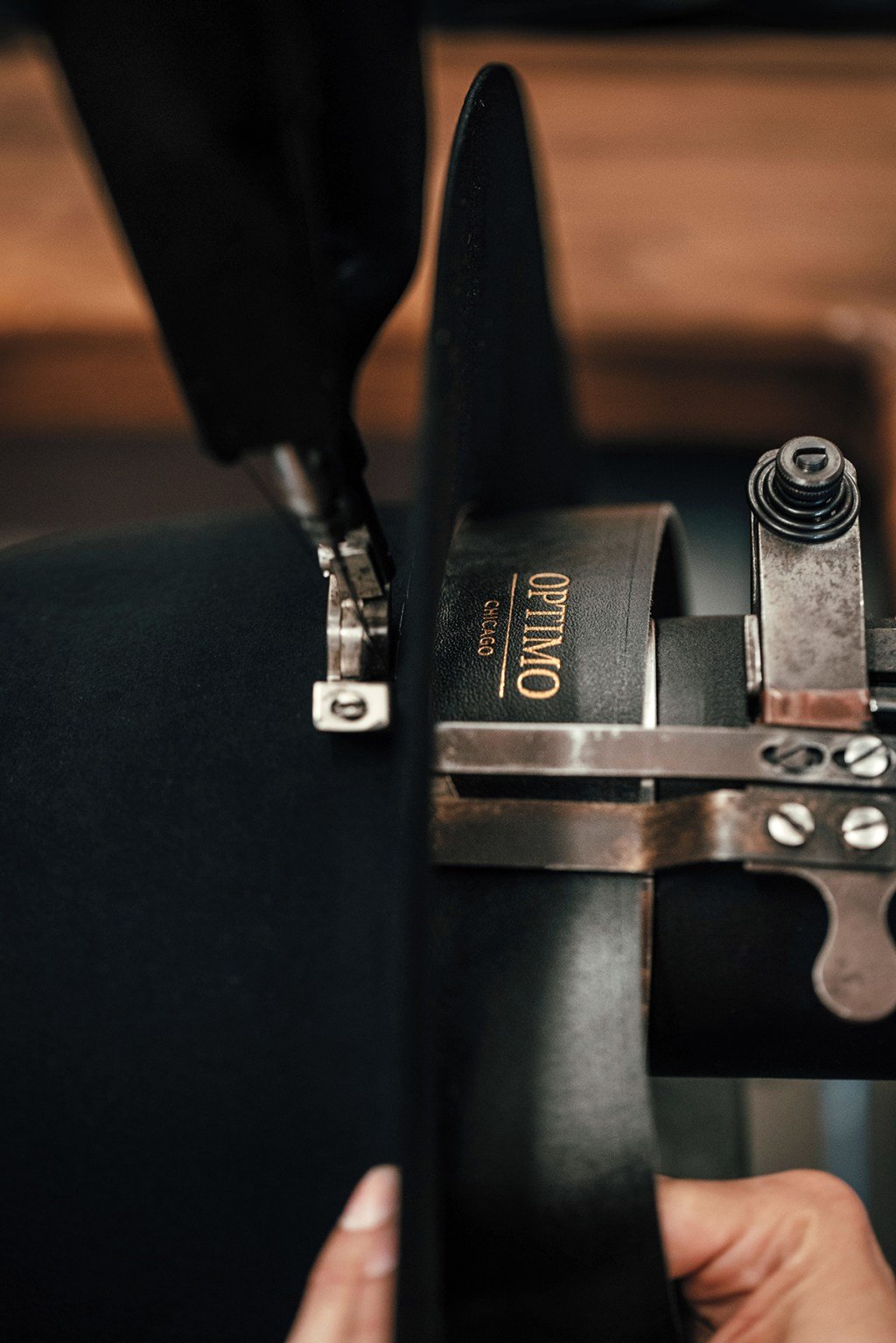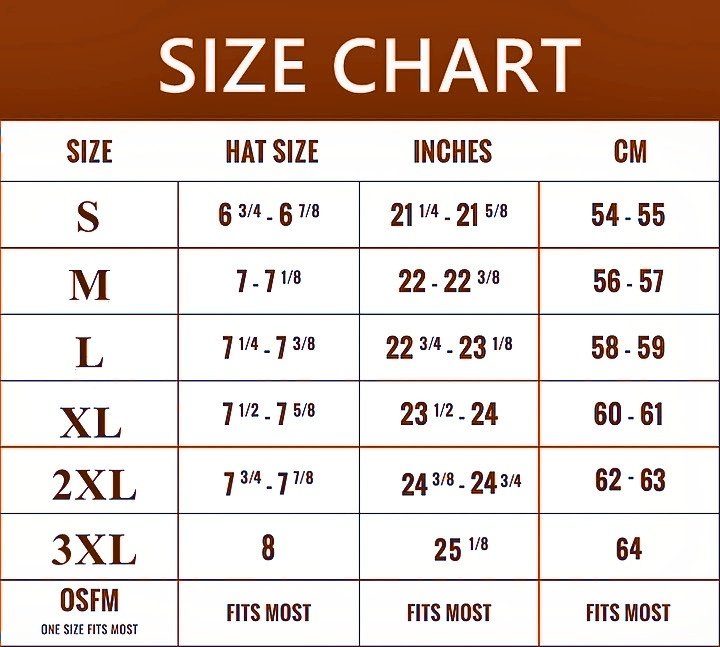The process begins with finding raw material. Optimo has a worldwide exclusive on sustainably sourced Canadian silver beaver felt from a supplier in Portugal and each year releases various
colors and weights for limited-edition collections. ??Beaver is the ultimate fur to felt for a smooth-finish hat because of its tightness and feel,?? Thompson says. ??Traditionally, underbelly [fur] is known as the best of the best because the color is clearer and more vibrant once it??s dyed.?? The fine fur is felted??a time-honored technique that binds the fibers together and produces a bell-shaped hat body??at the mill before being shipped to Chicago.

2. Blocking
The next step, called blocking, creates the initial structure. An inverted hat body is placed into a 1940s blocking machine that Thompson sourced from Germany. The material is then steamed, and a domed mold called a hat block is plunged into the felt, forcing it into the desired size and shape.

3. Slow Bake
The blocked hat body is put through a secondary blocking, called decatizing, in which it??s steamed again and then slowly ??baked?? in a decatizing machine. ??I would liken it to a curing of the fabric,?? Thompson says. ??This process makes the felt more resistant to shrinkage and prevents the shape from being knocked out of it. Just to do that step is very expensive and requires a lot of additional molds.??

4. Rest and Vacuum
The hat body is lined up on a rack and left to rest for a few days in a climate-controlled room before going to surface finishing. Most are finished smooth, the felt shaved with fine abrasive papers, as well as conditioned and polished. Finally, a high-suction machine vacuums any dust particles from the pores of the hat. ??A lot of the time you don??t see the problems until you begin surface finishing, because they??re beneath the outer layer of felt that??s being worked,?? explains Thompson. ??Those can be clumps of fibers that weren??t uniformly felted or color inconsistencies.?? Finding such flaws means the hat must be scrapped.

5. Trimming
Once the hat passes inspection, it??s off to the trimming room. Here, a sheepskin sweatband is snipped to size and installed with a vintage Singer sewing machine. (Thompson finds the older models to be of higher quality.) The brim is cut, and the edges are either welted, bound, curled, or, in some cases, left raw. The treatment affects not only the look but also how the brim snaps and holds.

6. Ironing the Brim
Next comes the flanging bench, where the headwear is flipped upside down into a donut-looking mold called a flange??which corresponds to the desired size, brim width, and brim shape??and placed under a large, heated bag of sand. ??It??s kind of an ingenious way to iron the brim,?? Thompson says. ??It sits under there for several minutes, and then we let it sufficiently cool.??

7. Satin Lining
The piece is returned to the trimming room, where a satin lining is sewn inside the crown and a ribbon and bow are secured to the outside. ??Most of our ribbon, we have specially produced for us,?? Thompson says. ??We??re fortunate enough to have a lot of vintage ribbon that was made in the 1930s, ??40s, and ??50s??the quality was more refined then.??

8. Final Touches
Lastly, the hat undergoes a secondary flanging before arriving at the hatter??s bench for final finishing, including creasing, polishing, and gentle steaming to relax the fibers and bring out the colors. Each piece is thoroughly inspected before being placed into its hat box and shipped.



















































Reviews
There are no reviews yet.